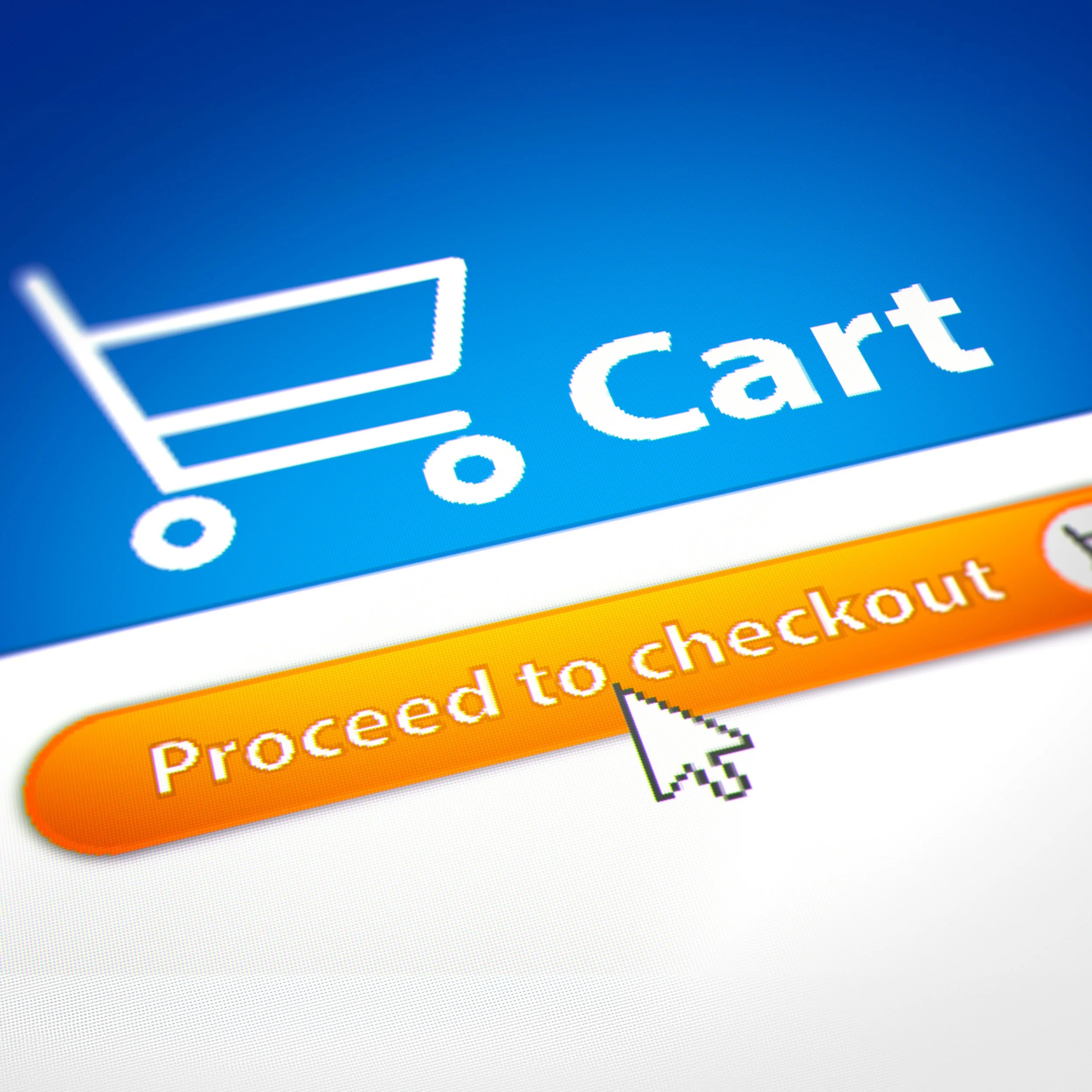How to Make Your Website Unique
If you browse the internet, you come across websites that seem to look and feel like one you have seen before. The products may have been different - but, honestly, you do not remember. However, there are websites that you do recall. You may even regularly follow them.
Why are they different? Because they are unique.
The following points — written from a visitor's perspective — can help you create a website or online store that stands out from many others.
Create a Unique Design
Focus. Before making the first design stroke on your computer, you should be clear about four things:
your core values,
the goals you want to achieve,
the role you would like your website or online store to play in achieving these goals, and, ultimately,
what success means to yourself.
I know you want to start designing your website, but don't skip this step. Instead, I recommend spending some time answering these questions as all the other points build on that.
▶︎ What Is a Brand Compass and Why Your Business Should Have One
Logo. Your logo is a token of identification. It unites your brand in terms of colors, styles, and fonts. It should also be original. I recommend keeping your logo clean and uncomplicated because parts of your logo may turn into a favicon, Apple-touch-icon, or a profile picture on Instagram and Facebook.
▶︎ Why You Should Avoid Intricate LogosColor scheme. Colors are crucial for a website. They set the mood of your site. They can be punchy for a sports website or dreamy for a wedding planner. I recommend trying different color combinations and testing them with your friends to see what emotions they associate with them. Regardless of what color scheme you come up with, make sure that it goes well with the colors in your logo.
Typefaces. Whether you select one or multiple typefaces for your website, you can quickly feel overwhelmed by the sheer number from which you can choose. However, I recommend keeping it simple using only two typefaces throughout your site. Select one for headlines (h1 to h3), which can match your logo's typeface to show consistency in the design. Choose for the main body (paragraphs) an easy-to-read sans-serif typeface.
▶︎ Decoding Typography
Create a Unique User Experience
User experience (UX). Is your website or online store easy and pleasing to use? How would a visitor experience your site? By changing your perspective and making the user experience central to your design approach, you can create a website or online store that visitors will enjoy interacting with.
Legibility. If your typeface is too small, narrow, or overly artistic, your visitors can quickly lose interest in your site because it is too much work for them to read your texts. Instead, when picking a typeface, ensure that it is legible without much effort.
Clutter-free. Some sites are full of stuff — sidebar, blinking ads, animated GIFs, videos. You name it. When visitors get overloaded with information, they quickly lose interest and move on. I recommend concentrating on the main reasons you have your website and remove any clutter that can distract a user.
Mobile-first. As more than 50% of your users will view your website or online store on a mobile device, I recommend starting your design with a smartphone in mind. If your layout works there, it will also work on devices with larger screens, such as tablets and desktop computers.
Thumb-friendly. If you navigate a website on your phone, your thumb does most of the work. Sometimes, you use both thumbs, perhaps when you write a text to your friend. But, you have to admit, it's clunky and doesn't happen often. To make it easy for your visitors, I recommend creating a site navigation layout that is flat, intuitive, and thumb-friendly.
▶︎ Can You Thumb-Scroll Through the Content of Your Website?
Create Unique Content
Purpose. For your content to be exciting and engaging, it should show your passion. It's like giving your heart a voice — but with some guide rails. Once you allow your passion to be guided by your values and goals, you will start to create content that reflects your purpose. Users who share your purpose feel a deeper connection with your site's content and interact with it more.
▶︎ Does Your Website Show Purpose?Authenticity. Stay true to the values your business stands for. Don't try to emulate somebody else's. Be yourself. In the long run, emulating a competitor's business is rarely a successful strategy because your visitors and customers will find out very quickly whether you are sloganeering or mean what you say.
▶︎ Do You Always Mean What You Say?Visuals. Depending on your goals and budget, high-quality visuals (photos, videos, and illustrations) can be strong supporters of your site's message and appeal.
▶︎ Should You Invest in Professional Photos?Search Engine Optimization (SEO). Most of your visitors will discover your website or online store through Google Search or social media, such as Facebook, Instagram, or Pinterest. However, for your content to be discoverable by Google's search engine, you need to optimize your visuals and texts so that Google can categorize them. Once you do this and your content happens to match a visitor's search words, your web page may show up higher in search results.
▶︎ 7 Tips to Improve Your Search RankingEngagement. Whether you connect with your visitors and customers on social media, YouTube or email marketing depends on where you can meet them. But content creation can be time-consuming, especially if you need to prepare it for many audiences and platforms. To avoid recreating your posts from scratch every time, I recommend using your website to store your content and social media as channels to connect your customers with your content.
▶︎ Turn Your Website Into a Powerful Marketing HubConsistency. Staying on brand and on message is crucial to successful marketing. It's like speaking with the same voice and tone, behaving in the same manner, and projecting the same look and feel across all media. Consistency makes your brand stand out. It creates trust and loyalty. But consistency is not only about marketing. It also covers the daily execution and the rhythm you follow to create and post your content. Because it is a considerable time commitment, it often conflicts with other priorities. Having less on your daily plate is sometimes more. Therefore, I recommend focusing on one or two channels to avoid a scenario where you spend too little time on too many.
▶︎ Why Consistency is the Key to Successful MarketingRelevance. Nothing is worse than outdated content — events that are long in the past or a team photo that is several years old. As your business continuously evolves, you should dedicate some time to keep your content current and relevant. You could repurpose a blog post if it only needs some tweaks, or you could move it to an archive area on your website. However, you should not delete it. That would break the Google Search Engine link. Instead, redirect the URL to the new location.
▶︎ What Are 301 and 302 Redirects?
Conclusion
A unique website is not only about a unique design and user experience. It is also about delivering unique content that reflects your purpose. Content that is authentic, consistent, and relevant.
Having a website is like having a companion on a long journey.
As your business evolves, so does your website.
During this journey, you can add new features and capabilities to better achieve your goals. Many of these features don't cost much money.
It's the care you put into your website that makes all the difference - and that's what makes your website unique.











